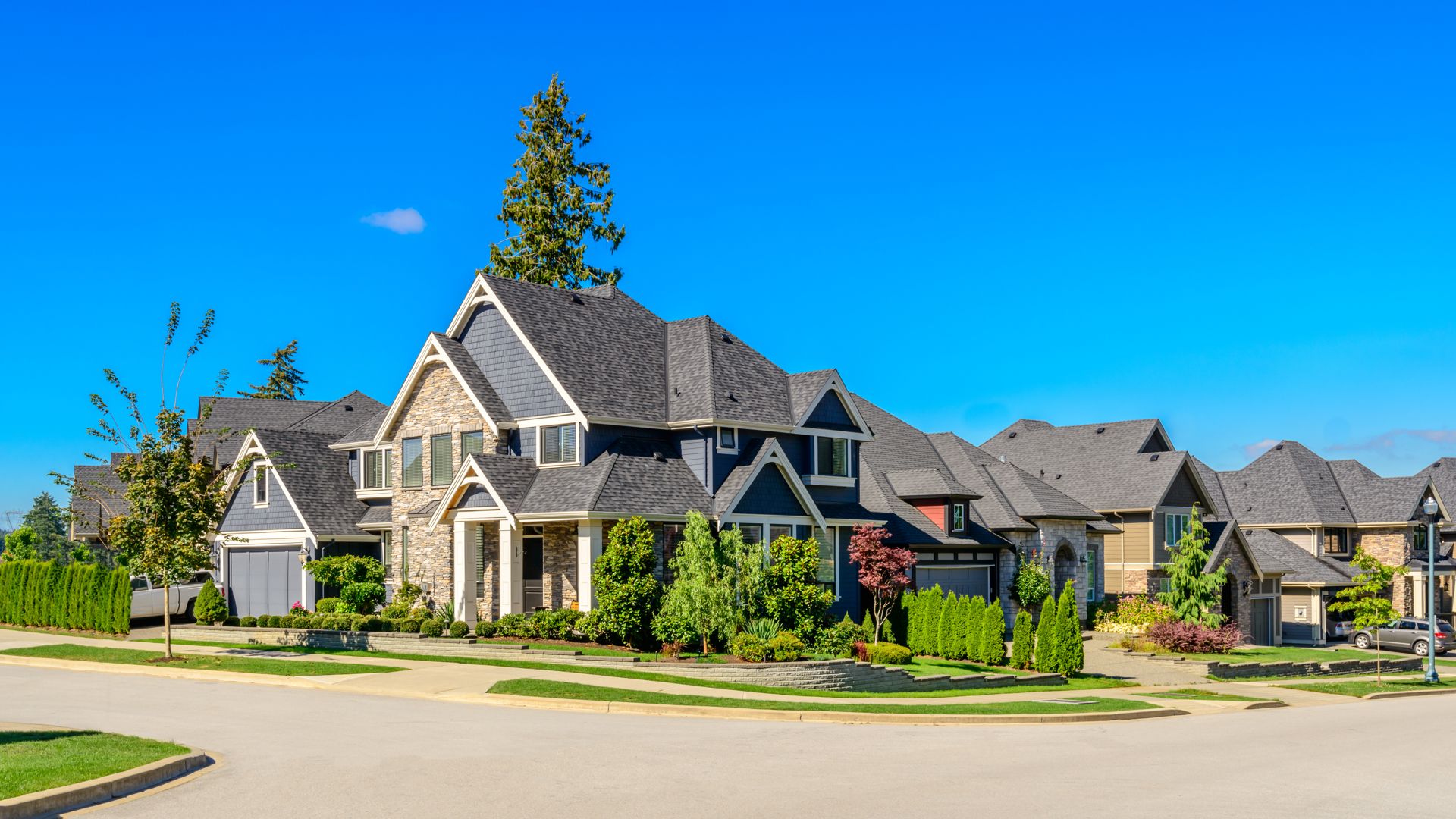Fall is here and winter is looming on the horizon of those Colorado Rocky skies; now is the time to assess the condition of your roof and get it prepared to withstand the cold seasons. Careful maintenance is key to not only extending the longevity of your roofing system, but to safeguard it against serious damage. To prevent a leaking roof, these tips can help you ready your home for the season ahead.
#1 Assess the Framework of Your Roof
Getting a professional roof assessment is key and it’s added insurance for your roof. Have a roofing contract inspect your roof’s framework each year. Be sure to address any signs of sagging before the stormy season arrives. A professional roofer can spot signs of trouble before you’re facing a leaking roof in the middle of winter.
#2 Check Your Roof’s Flashing
The area around your flashing is probably the most common spot for roof leaks to occur. A roofing professional should spend time inspecting the flashing of your roof and ensuring that it’s completely sealed. Columbine Roofing suggests that you check your flashing yearly to ensure it hasn’t been knocked loose after a storm.
#3 Pay Special Attention to Roof Valleys
The valleys of your roof are especially prone to roof leaks. Keeping valleys cleared of any debris accumulation will reduce the weight that is sitting in these areas; preventing any unnecessary wear and tear on your roof.
#4 Examine Your Roof Shingles
Like roof flashing, shingles can loosen after patches of rough patches of fall and winter weather. Missing granules on your asphalt shingles and visible signs of curling are indicators that shingles are suffering or needing replaced. A professional roofing contractor can easily replace shingles and update you on the condition of the shingles on your roof.
#5 Clear All Debris
Before the stormy season of fall and winter hit Colorado, take the time to clear your gutters, spouts, and drains. Perhaps the most obvious indicator of a healthy roof is a roof that is clean of debris. Surprisingly, leaky roofs are most often caused by debris, including leaves, twigs, or anything else that might cause damage to your roof or shingles.
It’s a tough job that homeowners love to put off, but regular maintenance and inspections are key. If you’re not up for the job, be sure to hire a roofing company that can complete the job for you.
#6 Clean Your Gutters
Do a gutter health check. Make sure that your gutters are secured to your home. Loose gutters can lead to problems with your roof later on. Gutters that are not tightened securely are a sure path to overflow, damaging not only your roof, but putting the exterior walls of your home at risk for water stains and water damage.
#7 Replace Any Sealant
Roofs with antennas, plumbing stacks, or brick stacks should be checked regularly for sealer around the base of these features by either you or your roofing professional. Sealer or caulk will wear over time, so it’s important to protect your roofing system by regularly replacing any sealant or other roofing material that is cracked or worn out.
#8 Do A Chimney Deep-Check
Ask your roofer to inspect your chimney. If they find any chunks of mortar that are missing or bricks that have come loose, it’s time to have this feature repaired. Your roofer is likely not equipped or specialized to tackle this type of service, so you may need to hire a masonry worker or someone who specializes in chimney brickwork,
#9 Check Your Attic
One of the common mistakes that homeowners make is they forget to check their attic when they do a roof examination. This inspection is important, you’ll want to make sure that your attic has plenty of evenly distributed insulation in order to keep the heat in your home. Saving on that energy bill during the fall and winter is always a goal for most of us, but exiting heat is a dangerous thing when it’s trying to exit under your shingles. When heat gets trapped under shingles, it can lead to the development of ice dams, spelling trouble for your roof. Ice dams are typically characterized by snow that melts and then freezes, damaging the shingles of your roof as they occur.
#10 Monitor Your Roof During the Cold Season
During winter, keep an eye on the ‘state of the union’ so to speak. If you suspect a problem or are dealing with a leaking roof, do not get up on an icy roof by yourself. This is the perfect time to entrust a roofing professional to carry out any winter repairs needed.
When you’re readying your home for the ice and snow ahead, it’s crucial that you prioritize your roof’s inspection. This gives you an idea of any roofing repair tasks that you need to make before the storms arrive. Safeguarding against a leaky roof will allow you to relax through the Winter in relative peace once the storms arrive.
#11 Remove Any Aggressive Tree Branches
How is roofing related to trees? Your roof is your home’s first exposure to the elements, and this includes trees and their lovely, spreading branches. So does that mean you should call a professional roofing company and an arborist? Yes, as they often go hand in hand. It’s too dangerous most of the time to cut high tree branches by yourself, so it’s best to leave this task to the professionals. Arborists are skilled at knowing what tree limbs to cut and where. This ensures that your tree continues to thrive and your roof is safe from winter storm damage.

